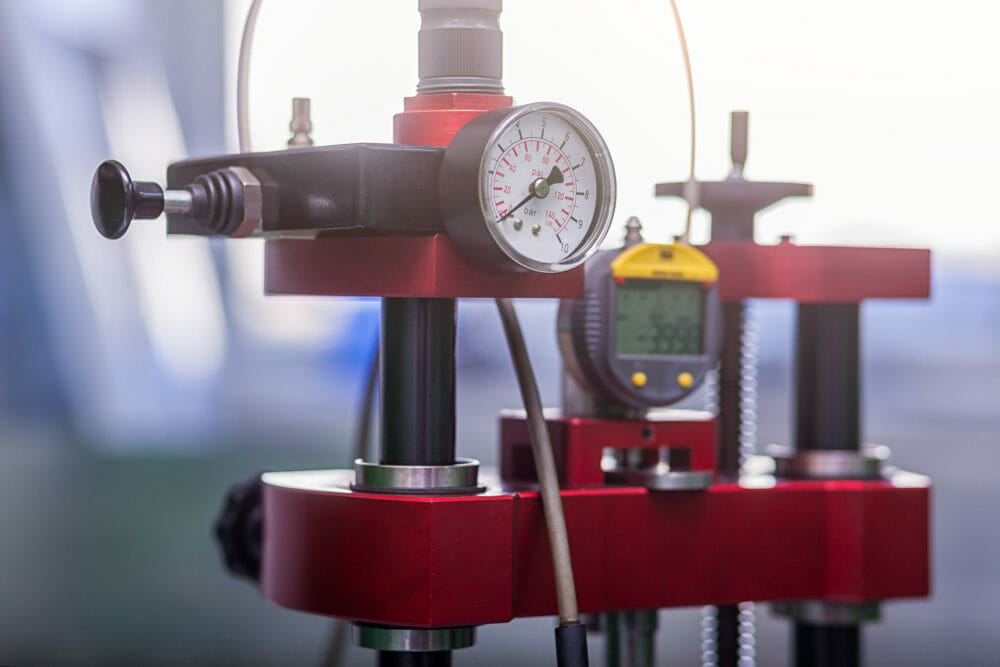~ Sensors in industrial plant equipment maintenance ~
Kettles sense when water is boiled, burglar alarms sense movement and vehicles sense the speed at which they’re moving. Without sensors, the world would be very different. However, they’re not just important for everyday life. Here, Jonathan Wilkins, marketing director of obsolete industrial parts supplier, EU Automation, discusses how sensors have transformed the way industrial plants maintain their equipment.
Sensors allow devices to interact and communicate with each other, but more importantly for equipment maintenance, they enable devices to communicate with people. This collaboration between equipment, sensors and industrial plant operators has increased the productivity and efficiency of industrial plants.
Maintenance before sensors
Originally, equipment maintenance was planned based on a schedule determined by the manufacturer. This was known as preventative maintenance, as the tasks were performed before they needed doing, to avoid machine break down.
However, it was found that the rate of equipment breakdowns increased just after preventative maintenance was performed. Because of this, it was deemed best to avoid carrying out maintenance work unless it was absolutely necessary. Unfortunately, this meant by the time that engineers were aware maintenance was required, the equipment was already failing. The resultant loss of productivity had significant financial impacts for businesses.
The solution was to identify equipment faults and repair them before they resulted in downtime.
Without sensors, predictive maintenance was extremely challenging. One approach was to hire vibration analysts to detect problems with machines. However, constant monitoring was not possible and equipment faults that did not cause a change in vibration were not detected.
Sensor development
Early sensors were large because they required fans, sensing hardware and multiple circuit boards. With more advanced technology and improved microprocessor integration they have become smaller and less expensive.
Despite the reduction in size, the quantity of data sensors can gather, store and process has increased. This means it’s now possible for a single sensor to monitor multiple machine components at once.
Another advantage of modern sensors over early sensors is that they can be manufactured specifically to withstand extreme conditions. In industrial plants, they’re often exposed to extreme temperatures, high humidity, high pressure, chemicals and excessive vibration.
As sensors have developed, their reproducibility has also improved. This means they can be used by different operators, or in different locations, and will always produce the same response to a given fault.
Sensors in predictive maintenance
Due to the vast capabilities of sensors, they can now be relied on to provide accurate and suitable warnings when a piece of equipment requires maintenance work.
Two important parameters for sensors to monitor are temperature and vibration. A high temperature indicates overheating, which may be a result of an electrical or mechanical fault. Increased vibration can occur due to imbalance, misalignment, loose parts, or wearing down of a component.
Before sensors can begin measuring these parameters, some information about the machine and the component being monitored are selected. Sensors then measure the baseline activity of the component and from this establish limits. An alarm sounds when these limits are exceeded. Engineers then identify the fault and repair the machine.
The improvements in sensor capabilities over recent decades have enabled industrial plants to increase productivity and efficiency by avoiding machine downtime and unnecessary equipment maintenance costs. It will be interesting to see where future advancements in technology take sensors and the field of equipment maintenance.





